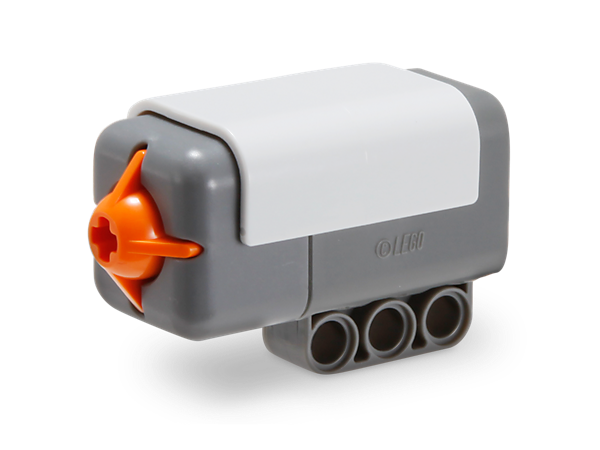
This is the official five-minute bot from the set, and a chassis for the different motors and sensors to be used by the robot.
Parts
| Brick - the computing part of the NXT kit | |
| Servo Motor - the motors used by the brick to perform actions in the physical world. It outputs differently based on speed and differing measurements of length, including time and degree. |  |
| Ultrasonic Sensor - like sonar, it sends out a sound higher than human perception and measures distance by how long it takes to return. Samples returned are in a range from 0 to 255. |  |
| Touch Sensor - senses for whether the orange tab is depressed. It returns as True if depressed and False if not. |  |
| Color Sensor - measures for the amount of red, blue, and green on a surface. It returns a color or the saturation of the sample. |  |
Functions
Monday, November 3:
The first day was mostly just an introduction to how to understand motion in Python and the robot. We made some functions: